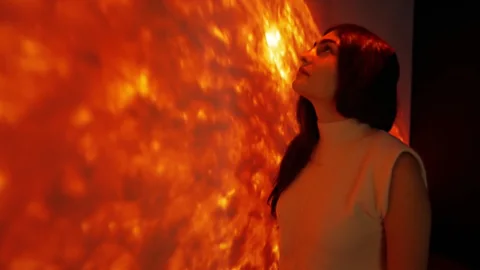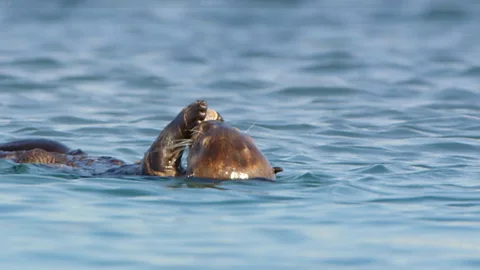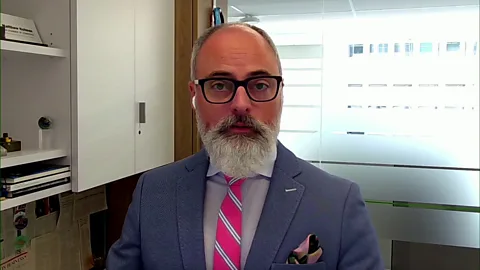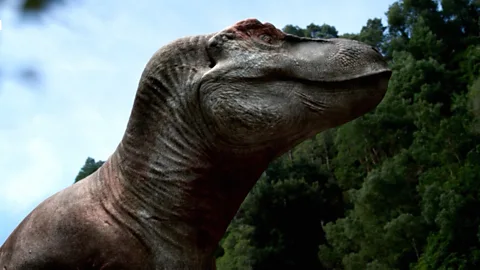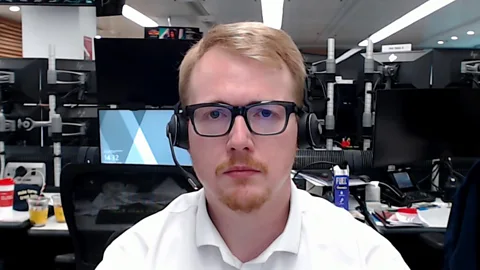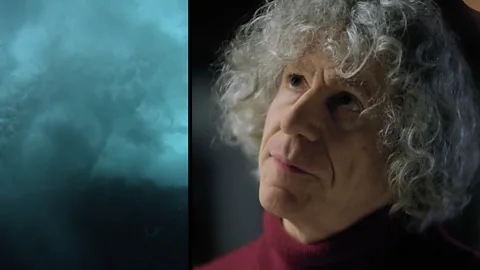A village covered by lava
One of the youngest volcanoes on Earth covered two villages in ashes and lava in the course of its short lifespan.
The birth of a new volcano is a rare occasion. What began as a fissure in the cornfield of a local farmer in 1943, rose to a height of 336 meters within a year. During its nine-year lifespan, the volcano completely covered the villages of Paricutín and San Juan Parangaricutiro in Mexico, with only part of the church’s structure surviving the lava.
Video by Adrián Gutiérrez



